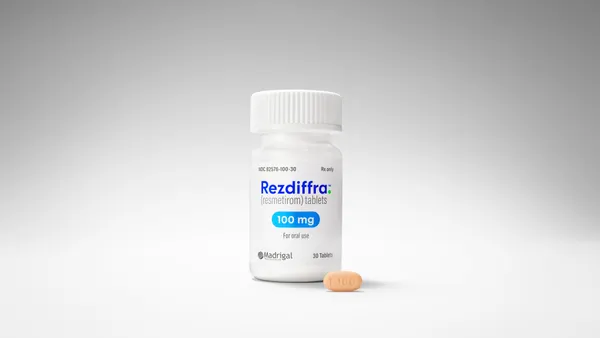36 June 20 08 VIEW on Clinical Operations PATIENT RECRUITMENT E valuating and allocating costefficient, yet costeffective advertising bud gets for a patient recruiting campaign is an issue that rarely receives the attention it deserves. A wellplanned budget is absolutely integral to the success of any recruiting campaign. Sponsors usually use one of two options when deciding on an advertising budget for recruitment of a clin ical trial; they may use the services of a CRO and/or an advertisingbased recruiting agency to manage and allocate the advertising funds across clinical research sites or manage the funds internally by dispersing a set amount of advertising dollars directly to the site and ask the site to work within that bud get. Regardless, it is the sponsor’s responsibility to ensure that an efficient and effective amount of advertising dollars are allocated to adequately cover advertising costs associated with each site’s market condition and size. Make Budgets Relative to Execution One of the biggest concerns in predetermined budgets that are offered directly to the sites is that they are rarely relative to the designated market size. Often, there is a remarkable disparity between the proposed advertising budget and the budget actually needed to execute a successful ad campaign. As a general rule, to maximize ad dollars fairly, effectively and efficient ly across all sites, is to understand the advertising markets, or DMAs.A top 10 market such as Philadelphia, for example, will require a larger media bud get than St. Louis, a second tier 1130 market, or Oklahoma City, a third tier, 3060 market.The advertising budget should be set for the market size and not the media type. These are general parameters that help drive a suc cessful advertising campaign to obtain the required number of impressions. These also can be used to determine the frequency of radio or TV rota tions for a successful campaign. In preparing the ad budget, it is helpful to include a projection of antici pated results in terms of call volume so that you know what to expect and have something to judge the actual results against.To provide these projections and results, it will be necessary to have a mechanism in place, either techno logical or human, to capture those results.The results of a campaign will vary widely based on different factors, such as site selection, the prevalence rate of the indication, competing recruitment campaigns, the availability of existing treatments for a particular condition, and the type of media designated for the campaign, as well as market condition and size. In turn, the volume of respons es received from a media effort can factor heavily into the efficiency of a cam paign. For example, TV advertising will generate a greater call volume, but appropriate resources must be in place to handle that volume, or that effi ciency and effectiveness will be wasted. Site Responsibility Ideally, selected sites should be experienced, dedicated, qualityfocused and be willing to either work with a sponsorappointed CRO and/or a recruiting agency. Alternatively, sites should individually accept the impor tance and responsibility of tracking, managing, and reporting accurate response metrics to the sponsors.The individual acceptance of the respon sibility represents many challenges for the site unless it works with a recruit ingbased ad agency that uses proper technologies for tracking, etc. In addi tion, budgets should be presented that best fit actual needs. The most effective advertising medium on a costpercall basis has proven to be tele vision. Usually, radio is three to five times less effective than TV on a cost percall basis, while print is typically five to 10 times less effective. The Creative Process The importance of the creative process must not be overlooked. A good script is key to raising awareness of the study among those who might best satisfy the study criteria. The quality of the production, whether print, radio, or television, will greatly influence the effectiveness of the ad to com municate the intended message and instill in the viewer a willingness and motivation to call. Poor production quality is simply discouraging. Assessing the Variables There are many variables to be considered when evaluating ad budgets for patient recruiting, and this is why many sponsors choose to use ad agencies to handle recruiting campaigns. Agencies assume the job of evaluating budgets per market, per site, as well as the implementation of the planning, production, placement, and response tracking and management technologies needed to run a successful recruiting campaign. This professional help can create more efficient and effective results from recruiting efforts. It’s important to remem ber, whether working with an advertisingbased recruiting agency or directly with the sites, that advertising budgets need to be fluid and analyzed continu ally to evaluate the success and costeffectiveness of the advertising efforts. # The Patient Recruiting Agency THE PATIENT RECRUITING AGENCY,Austin,Texas, develops, engineers, and places customized datadriven advertising solutions specifically targeted for patient recruiting and retention efforts. For more information, visit patientrecruiting.com. Evaluating and Allocating Advertising Budgets: A Sponsor’s Responsibility Advertising budgets need to be fluid and analyzed continually to evaluate the success and costeffectiveness of the advertising efforts. Lance Nickens, President 0608 pvv layout FINAL 5/30/08 5:02 PM Page 36
An article from











